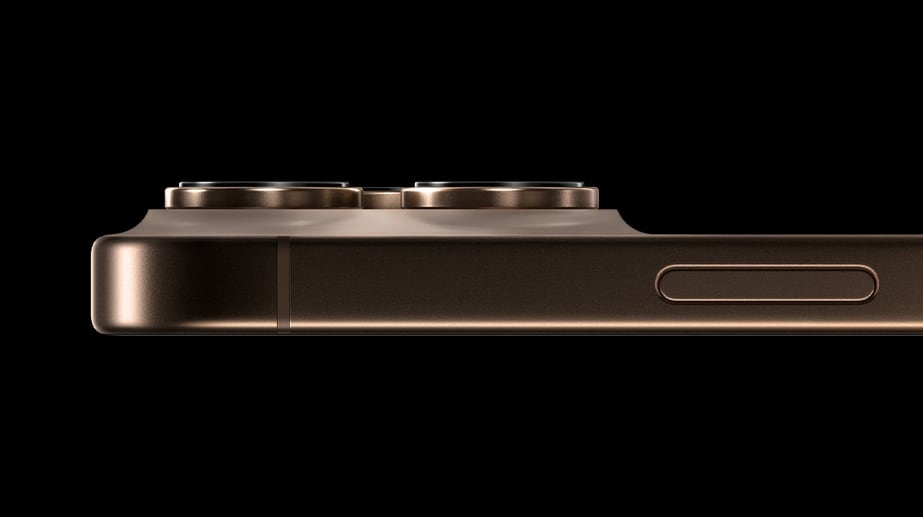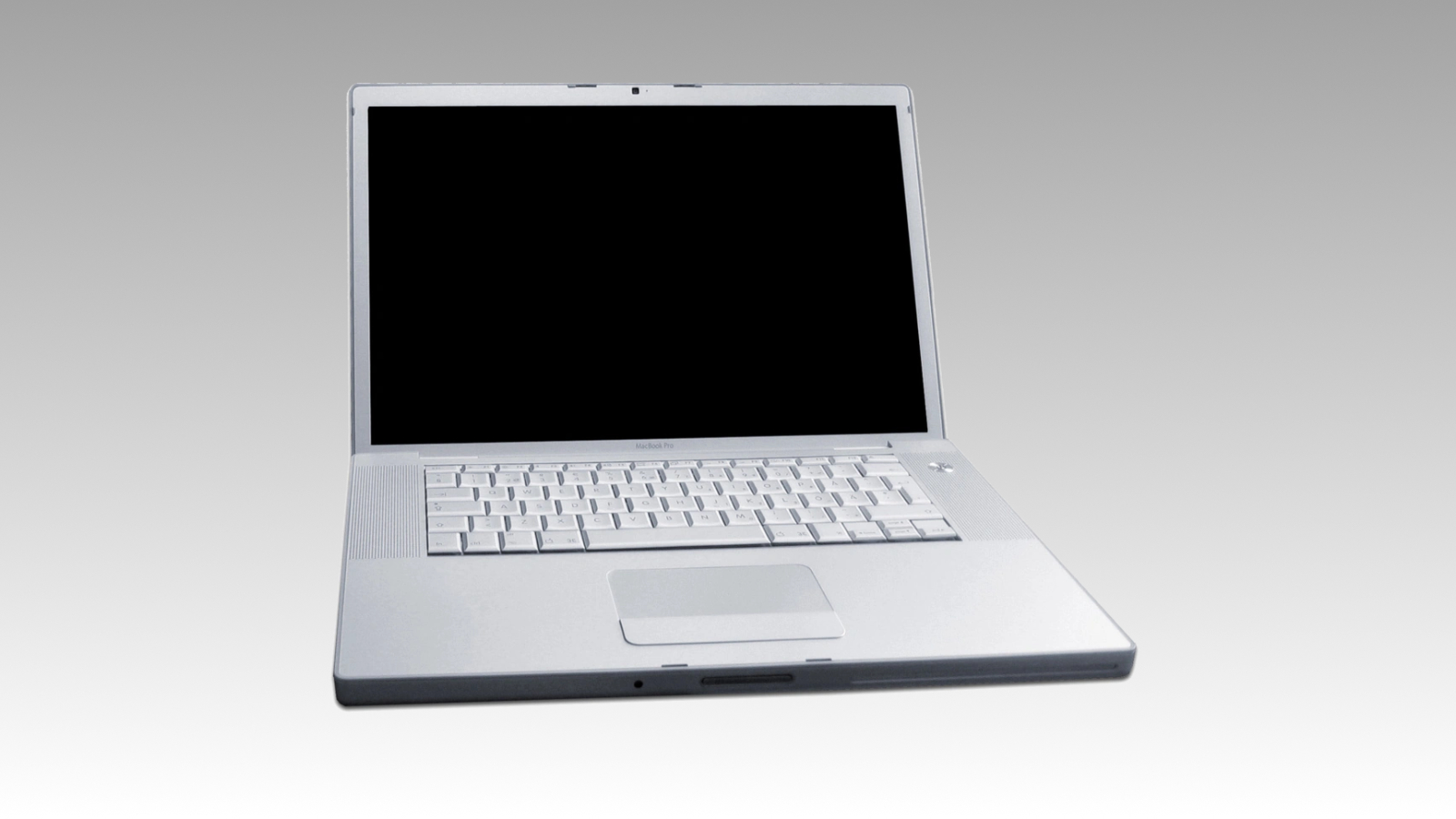Xiaomi 13 Pro vs Xiaomi 12 Pro: What’s changed?

2022 isn’t over yet, but companies have been tripping over themselves to announce 2023 phone ranges already. Many of those Android manufacturers – keen to show they’re the first to launch a phone with Qualcomm’s Snapdragon 8 Gen 2 processor – are very happy to inform us they’re market leaders and trendsetters.
Among them is Xiaomi, which recently unveiled its first flagship phones for the new year: the Xiaomi 13 and Xiaomi 13 Pro. They’re likely to launch outside of China at some point in the near future, but how exactly does this latest model compare to the previous version? We compare the Xiaomi 13 Pro’s specs and details with the Xiaomi 12 Pro to find out.
Design and build
13 Pro: 162.9 x 74.6 x 8.4/8.7 mm – 210g/229g 12 Pro: 163.6 x 74.6 x 8.2mm – 205g13 Pro: Ceramic or ‘silicone polymer’ back – IP68 water/dust resistant12 Pro: Gorilla Glass Victus back – no water/dust rating
In design terms, there’s been quite a big switch-up between the Xiaomi 12 Pro and the latest Xiaomi 13 Pro. The neat rectangular unit on the back has been replaced by a much larger square housing, complete with Leica’s branding above the flash module.
Similarly, the phone’s rear is now made from either ceramic or a ‘silicone polymer’, rather than the Gorilla Glass Victus on the back of the Xiaomi 12 Pro. The ceramic back should mean a more durable and scratch-resistant surface, while the polymer will offer a softer/warmer feel.
Size-wise, the two phones are very similar, but the 13 Pro is slightly thicker and heavier than the Xiaomi 12 Pro. How much thicker and heavier depends on whether you choose the model with the ceramic back or the polymer-backed version. The latter is the thinnest and lightest of the two, but there’s very little in it.
squirrel_widget_6654549
Another improvement for the 2023 phone is the addition of an official water and dust resistance rating. With an IP68 rating, it’s just as water and dust resistant as the top models from Samsung and Apple. The 12 Pro didn’t have an official rating.
Xiaomi 13 Pro will be available in four different colours: Ceramic White, Ceramic Black, Ceramic Flora Green and Mountain Blue (polymer). The Xiaomi 12 Pro comes in four glass finishes: Grey, Blue, Purple and Green.
Display and software
Both: 6.73-inch OLED – 1440 x 3200 QHD+ – 522ppi Both: 1 billion colours – 120Hz refresh rate – Dolby Vision – HDR10+ 13 Pro: 1900 nits peak brightness12 Pro: 1500 nits peak brightness 13 Pro: MIUI 14 based on Android 1312 Pro: MIUI 13 based on Android 12
As we’ve seen for a number of years now, each new generation of smartphone from any company brings incremental improvements to the display. The same is true for Xiaomi.
Display resolutions have stayed fairly consistent in recent years, and so it’s no surprise to see Xiaomi sticking with the same QHD+ 1440 x 3200 makeup for 2023. However, there are improvements made elsewhere.
Most notably, Xiaomi’s newest phone has a brighter display offering a peak brightness of 1900 nits, which is a significant increase over the 1500 peak found on the 12 Pro. Both are certified for Dolby Vision and HDR10+ content, meaning dynamic viewing on streaming services that support it.
Both phones have 120Hz refresh rates and will offer sharp, smooth adaptive scrolling through the interface and fast lag-free animation when gaming.
As for software, as it stands, the Xiaomi 12 Pro is till running Android 12 with the company’s own MIUI 13 skin on top. The Xiaomi 13 Pro will launch with the next iteration of MIUI and Android as standard, although we expect the 12 Pro to be updated in the near future.
Performance and battery
13 Pro: Snapdragon 8 Gen 2 processor12 Pro: Snapdragon 8 Gen 1 processorBoth: 8GB/128GB, 8GB/256GB, 12GB/256GB (region dependent)13 Pro: 12GB/512GB 13 Pro: 4820mAh battery – 120W wired charging – 50W wireless charging12 Pro: 4600mAh battery – 120W wired charging – 50W wireless charging
As far as raw power and performance go, there’s not a massive change here from the 12 Pro to the 13 Pro. The big change – of course – is the addition of Qualcomm’s newest platform: the Snapdragon 8 Gen 2. The Xiaomi 12 Pro is powered by its predecessor, the Snapdragon 8 Gen 1.
Storage and RAM variants are similar on the two phones as well, with both available with 8GB or 12GB of RAM and either 128GB or 256GB of storage depending on your region. Where there’s a slight difference with the 13 Pro is in the actual storage components.
Xiaomi’s newer phone has faster UFS 4.0 flash storage in the 256GB and 512GB models, whereas the Xiaomi 12 Pro uses UFS 3.1. What that means is that read and write speeds will be faster on the 13 Pro if you get one of those two bigger variants, so downloads and app installs should be quicker. Saying that, UFS 3.1 is still plenty fast enough.
There’s a focus on speed with charging too. Both phones use the company’s fastest 120W wired charging, which means a full refill in under 20 minutes. They’re also both equipped with fast 50W wireless charging, although you will need Xiaomi’s proprietary charging stand to take advantage of that.
Otherwise, the Xiaomi 13 Pro features a slightly larger battery capacity, but there’s not much in it. It’s an increase from 4600mAh to 4820mAh, and we’re unsure if that will lead to significant improvements to actual battery life, especially considering the brighter display.
Cameras
13 Pro: 50.3MP f/1.9 primary, 50MP f/2.2 ultrawide, 50MP telephoto 3.2x zoom – Leica lenses12 Pro: 50MP f/1.9 primary, 50MP f/2.2 ultrawide, 50MP telephoto 2x zoom 13 Pro: 8K/24fps – 4K/60fps – 10-bit Dolby Vision HDR recording – 1080/960fps slow-mo 12 Pro: 8K/24fps – 4K/60fps – HDR10+ recording – 1080/960fps slow-moBoth: 32MP selfie camera
Like the 12 Pro before it, the Xiaomi 13 Pro has a trio of 50-megapixel sensors. This time the loadout is led by a Sony IMX989 50.3-megapixel sensor which increases the sensor and pixel size and promises even better optical performance.
One key change you’ll notice is that now the Xiaomi flagship has a Leica stamp on the camera. Xiaomi has partnered with the iconic camera company on the cameras, with Leica providing lenses and working with Xiaomi on image processing.
We’re yet to see if this partnership will deliver significant improvements over Xiaomi’s processing from the previous generation, but Leica did improve Huawei’s camera offerings in its time partnering with Xiaomi’s competitor, and so we’re hopeful the same will be true of this new collaboration.
There are a couple of other improvements on the camera side too. For instance, the telephoto zoom lens now has up to 3.2x equivalent optical zoom versus the 2x zoom on 2022’s model. Similarly, it can now record in 10-bit Dolby Vision at 4K resolution. Both phones have a 32-megapixel selfie camera punched into the display.
Price
13 Pro: £761/$899 equivalent (no UK/EU pricing yet)12 Pro: £949
We don’t know the price of the Xiaomi 13 Pro outside of China yet, but we suspect it won’t be cheap. The Xiaomi 12 Pro launched at a price of £1049 in the UK when it first came out, placing it right near the top end of the market for standard flagship phones. Nearly a year later it has – of course – been discounted a little.
Looking at the spec sheet, we think the Xiaomi 13 Pro will be a similar story, especially with its featuring a ceramic rear panel that’s more expensive and labour-intensive to produce, to go alongside the top tier specifications and components.
Conclusion
It’s very much a case of incremental changes for the Xiaomi 13 Pro over the 12 Pro, at least when it comes to performance and hardware. We’re keen to see if Leica’s influence on the camera side improves things significantly, but we suspect the biggest change buyers will notice will be the material choices of the phone. Switching from glass to ceramic is will add durability and a bit of weight to what will undoubtedly be one of 2023’s most impressive flagship phones.





